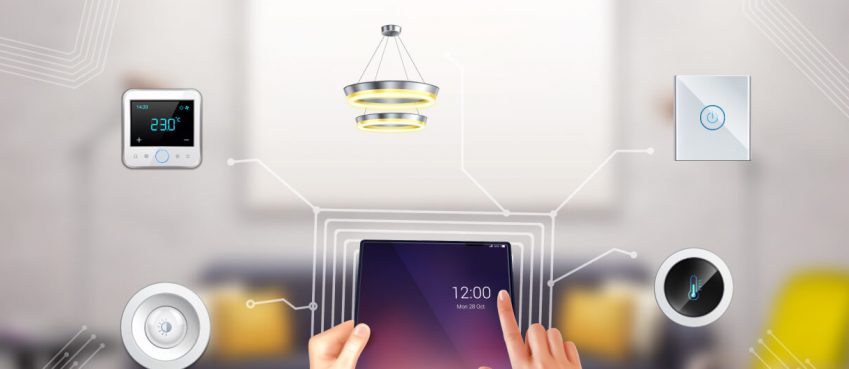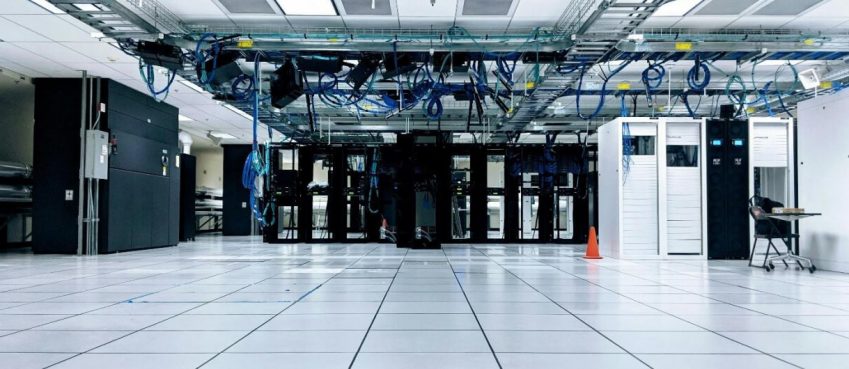
Remote workers are increasing in number, but companies often don’t know how to give them secure access to their network. Remote jobs often require file transfers with sensitive data. This applies not only to the company but also to its employees.
Employers are increasingly using remote work. It is important to know how to give these employees the security they need to perform their jobs well. These are just a few ways to create a safe network for remote workers.
1. To file server access, you can use a VPN alternative
Although many businesses would prefer remote workers to have access to the company network via a VPN, it can be difficult to set up VPNs for security and performance. Slow VPN performance is a major complaint of remote workers, which can hinder work productivity.
Companies like CentreStack offer a VPN-less solution for remote file access that allows you to set up file access through a SaaS portal. This is a reliable and simple solution that simplifies setting up remote file servers.
Remote access to files can be done via HTTP/SSL protocols. This allows users to keep the data on-premises without worrying about cybercriminals gaining access to the entire network.
A VPN’s performance will decrease as more remote workers are added. VPN alternatives will help you remain secure and agile in remote work.
Also read: 7 Best Instagram Font Generators (Apps & Websites)
2. Group-based permissions can be implemented. User profiles can also be implemented
You can give users access to the intranet through virtual desktops. However, security is dependent on the fine-tuned permissions granted to groups. It is quite common for employees to be granted more permissions than they are allowed to, which can lead to headaches later.
This can be addressed by ensuring that IT staff regularly audit each user’s permissions. This will ensure that you don’t accidentally grant permissions to someone that could harm your network.
The principle of least privilege is the best model. This model allows user groups to have only the necessary access to perform their jobs. Individual employees may request additional privileges. If they so desire, their profile can be extended to these privileges.
3. Multifactor authentication and biometrics are recommended
Multi-factor authentication can be implemented easily nowadays. Employees’ smartphones can store biometric data to verify their identity. MFA can be a little more difficult for employees to use when accessing company systems. However, it adds an extra layer of security to your data.
In a 3-step authentication, an employee will be issued a token via their smartphone, which will be used for authenticating their log-in. To decrypt the token they must verify that they are authentic with biometrics such as fingerprint recognition.
Also read: [New] Top 10 Soap2day Alternatives That You Can Trust (100% Free & Secure)
4. Your employees will have secure access to their mobile device management.
Even if employees only have one mobile device, it is important that they use an app such as Device Policy Management to make sure they are only accessing the apps you approve. You can control the access that a device has to other apps and networks as well as manage applications on that device.
Companies had to deal with BYOD policies (bring your personal device) in the workplace. This was due to the security risks that personal smartphones pose for company networks. Remote work has led to more personal laptops, tablets and smartphones being used for accessing the company’s file server.
Device Policy Management is a simple way to make sure your employees only have access to the apps they are allowed to. With additional biometric options, it can also be used to protect their private and secure access.
This policy should not be imposed on employees’ devices. Instead, it should be issued to remote employees as hardware and devices that they can control and revoke.
Top 10 News
-
01
Top 10 Deep Learning Multimodal Models & Their Uses
Tuesday August 12, 2025
-
02
10 Google AI Mode Facts That Every SEOs Should Know (And Wha...
Friday July 4, 2025
-
03
Top 10 visionOS 26 Features & Announcement (With Video)
Thursday June 12, 2025
-
04
Top 10 Veo 3 AI Video Generators in 2025 (Compared & Te...
Tuesday June 10, 2025
-
05
Top 10 AI GPUs That Can Increase Work Productivity By 30% (W...
Wednesday May 28, 2025
-
06
[10 BEST] AI Influencer Generator Apps Trending Right Now
Monday March 17, 2025
-
07
The 10 Best Companies Providing Electric Fencing For Busines...
Tuesday March 11, 2025
-
08
Top 10 Social Security Fairness Act Benefits In 2025
Wednesday March 5, 2025
-
09
Top 10 AI Infrastructure Companies In The World
Tuesday February 11, 2025
-
10
What Are Top 10 Blood Thinners To Minimize Heart Disease?
Wednesday January 22, 2025







